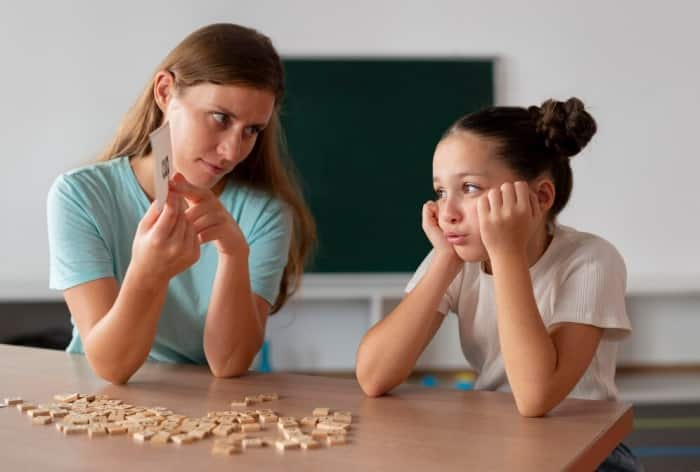Is your child suffering with ADHD? Here are few techniques by experts that may help kids to manage their stress better.
DOCTOR VERIFIED

For managing the daily life of a child with ADHD it is crucial to understand the child and recognise their source of distraction. Identifying the right moments for breaks, redirecting attention, or eliminating unexpected distractions can contribute to a calmer and stress-free environment for the child with ADHD.
India.com got in touch with Dr. Puja Kapoor, Paediatric Neurologist & Co-founder of Continua kids who elaborated on how to manage it better. Majorly, the key to successfully managing daily life with ADHD lies in a combination of organisation, structure, and understanding. Tailoring the environment to the child’s needs, minimising distractions, and incorporating calming strategies contribute to a more supportive and harmonious atmosphere for both the child and their caregivers.
Following are a few ways which can help reduce stress in kids with ADHD and better their day to day activities.
8 TIPS TO MANAGE ADHD
- Keep things in their place: Transforming your home into a sanctuary for a child with ADHD can have extensive positive outcomes. Simplify the living space by organizing and assigning a dedicated spot for items used in daily routines. Keep these items easily accessible. Establish a regular tidy-up routine, turning it into a daily ritual, preferably at the day’s end.
- Install a whiteboard, or bulletin board: Ensure that all the tasks and assignments for the day are visible and easily seen at a glance. This practice aids in efficient task management, as the work that needs to be accomplished remains directly within sight.
- Minimize distractions: Utilize noise-canceling headphones or a white noise machine to eliminate distractions effectively. Limit interruptions while the child is working, as individuals with ADHD may find it challenging to switch tasks quickly and smoothly.
- Sleep Schedules: Establishing routines is crucial for individuals with ADHD, as these structured patterns and habits assist them in staying focused on tasks and transitioning between them more effortlessly. Routines play a vital role in alleviating stress for children with ADHD, as abrupt changes can be challenging for them to manage smoothly.
- Take a walk: During periods of increased activity at home, consider taking the child for a walk outdoors as a means of calming down. Both being outdoors and engaging in regular exercise have demonstrated effectiveness in diminishing ADHD symptoms. Incorporate a daily walk into the child’s routine to channel their energy in a positive way.
- Use a boredom box: Manifestations of hyperactivity and stress often emerge in moments of boredom. Develop a customized activity box based on your child’s interests, including art supplies, Legos, models, or any engaging activities. To maintain the box’s novelty, periodically switch out items. When the child loses interest, store the box until it is needed again.
- Use music: Explore various genres of calming music, like classical music, to discover what resonates with the child and aids in relaxation. Incorporate this soothing music into low-activity periods, such as during homework, dinner, or before bedtime, to create a tranquil background ambience.
- Create a quiet time area. Designate a specific area in your home for the child to unwind during “quiet time.” This space can feature a bean bag chair and be stocked with a variety of books, puzzles, and colouring books to keep the child engaged and calm.
Routine and structure Consistency in routines is essential even during weekends and vacations. Children with ADHD excel in organized settings where expectations are clear. Provide transitional periods between activities to assist your child in smoothly transitioning from one to another.
Stay calm yourself. A child’s response often mirrors the reactions of their parents. If you express irritation, frustration, or anger, the child’s hyperactivity might escalate. Maintaining composure and responding in a neutral tone can contribute to the child’s calmness. In moments of stress, take a few deep breaths, step into another room, and reassess the situation.
Adapting the techniques as per the child’s requirements can go a long way and help better manage the stress for kids as well.

